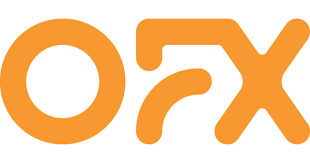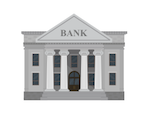The eurozone had several weak spots entering 2011. The Greek debt crisis weighed on the region’s economy, growth was sluggish, consumer spending was down, and most member countries’ unemployment rates were at high levels. The euro continued its slow slide against most major currencies, and the CAD continued to trade in a range above €0.70. The CAD finally reached its peak value against the euro in August 2012, when the CAD:EUR exchange rate climbed to €0.8124.
Canada’s economy, which is heavily exposed to the US, was hampered by a slow recovery from the global recession. Public debt, an aging workforce and higher unemployment levels all contributed to a moderate outlook for the Canadian economy, with most analysts predicting that full employment wouldn’t return until 2016 at the earliest.
Although eurozone governments continued to struggle with a number of factors throughout 2013 and 2014 - including ongoing economic weakness, rising debt levels, an unstable political situation in Ukraine and the Greek debt restructuring - the CAD had started to slip against the euro. In 2014, the euro began to stabilize as the ECB took steps to shore up the regional economy. Entering 2015, although Canada’s economy is expected to benefit from continued global demand for commodities and energy products, this is expected to be offset by a shrinking workforce. Forecasts for the CAD to EUR exchange rate predict a trading range similar to how the two currencies have traded in recent history, with the Canadian dollar slated to vary between €0.65 and €0.70.









